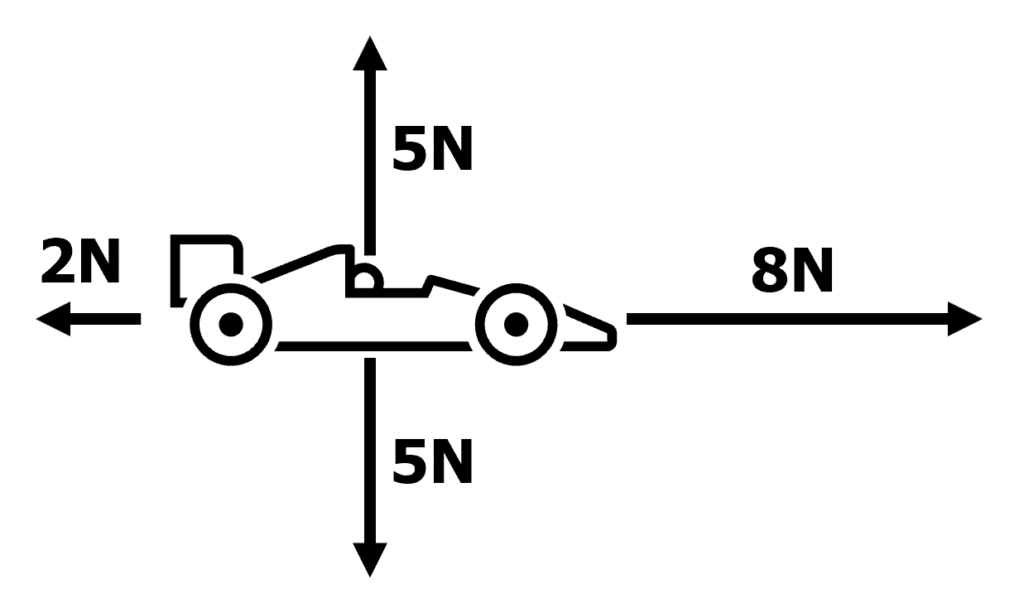The horizontal rows are called this...
Periods
Unlike metals, non-metals are often easy to crumble because they have this characteristic...
Brittle
This structure is also referred to as the windpipe
Trachea
Potatoes and Rice belong to this food group...
Starch or Carbohydrates
To be considered a contact force, two objects need to do this...
Touch
The vertical columns are referred to as this...
Groups
When hit, metals often have this characteristic
Sonorous (they make a sound)
This muscle allows the chest to expand and contract
The Diaphragm
Teeth are responsible for this type of digestion
Mechanical
This contact force opposes motion
Friction
This group of unreactive non-metals can be referred to by this title...
Noble Gases
This reaction occurs when a more reactive metal pushes out a less reactive metal in a compound...
Displacement reaction
This condition causes the airways to constrict and become inflamed
Asthma
A lack of vitamin c can cause this disease
Scurvy
DAILY DOUBLE: These are two examples of non-contact forces
Both needed for double points
Magnetism and Gravity
As you move down the halogens, this happens to its reactivity...
It decreases
This characteristic refers to the ability to shape metals into wires...
Ductile
This is a by-product of Anaerobic respiration is humans
Lactic Acid
DAILY DOUBLE: Bile is produced in this organ and stored here...
Both organs needed for double points
Produced in the liver and stored in the gallbladder
Calculate 
Calculate the resultant force
6N to the right
He is considered the father of the modern periodic table...
Mendeleev
Complete the equation:
Metal + Acid
Metal + Acid --> Salt +Hydrogen
This is the chemical formula for glucose
C6H12O6
Villi have thin walls to allow this...
Quicker (or more efficient) diffusion
The unit of measurement for Force is named after this famous scientist
Sir Isaac Newton